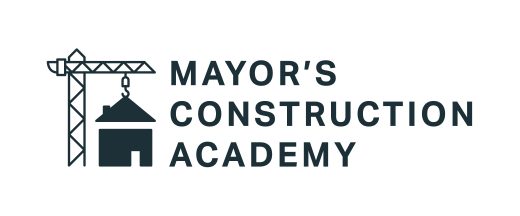Abrasive Wheel Safety Training
The Abrasive Wheel Safety course will provide you with all the relevant information required to work in a safe environment whilst handling, operating, and maintaining abrasive wheels.
Introduction
Abrasive Wheel Safety Training offers everything you need to stay safe in regard to the handling, operation, and maintenance of Abrasive Wheels. The course consists of a variety of important areas, such as an overview of the many dangers involved with abrasive wheels, as well as how to identify them. You will also learn about the relevant legal responsibilities of both the employer and employee, how to store and conduct safety inspections, and how to select the right wheel for a certain job.
Learning Outcomes
- Understand the different types of Abrasive Wheels and how to use them, as well as the threats they pose.
- Determine how to select the right wheel for the job you’re doing.
- Learn about PUWER 1998 and the British Standard System of marking and identifying wheels.
Course Structure
The course is broken down into 4 main sections:
- An Introduction to Abrasive Wheels
- Types of Abrasive Wheel
- Choosing the Correct Wheel
- Wheel Safety and Maintenance
Course Overview
Abrasive Wheels can be extremely dangerous when used incorrectly. In fact, more than half of all recorded injuries originate from unsafe systems of work, or errors made by the operator.
Whether it’s a result of broken wheels, flying particles or serious friction burns, accidents caused by improper usage can be severe, often resulting in hospitalisation, and even blindness.
Our Abrasive Wheel Safety course is a comprehensive yet concise overview that can be completed in just under 40 minutes. By concentrating on safety and highlighting secure work practices, the course serves as the perfect guide for anyone who owns, operates, handles, moves, stores, or is responsible for people who operate abrasive wheels.
However, it does not replace practical training for the use of abrasive wheels. Instead, it should be used as an addition to increase workplace safety, awareness of legal responsibilities, and reduce the chance of injury at your workplace.
Available in 28 languages
ALL INCLUSIVE
Machine translated* content is included for free with all of our popular courses.
It covers LMS navigation, course transcripts and test questions. If you don't see a course listed in the language you require, just let us know.
*Content which is not English may be machine translated and is for assistive purposes only. We cannot guarantee the accuracy of translations.
Abrasive Wheel Safety Training certificate
All of our courses end with a multiple-choice test to measure your knowledge of the material.
Abrasive Wheel Safety Training concludes with a 20-question multiple choice test with a printable certificate. In addition, short in-course questionnaires will guide you through the sections of the training, which are designed to reinforce learning and ensure maximum engagement throughout.
What does my certificate include?
Your Abrasive Wheel Safety Training Certificate includes your name, company name (if applicable), name of course taken, pass percentage, date of completion, expiry date and stamps of approval or accreditations by recognised authorities.
Why is Abrasive Wheel Safety training important?
It's important that you comply with the law, as well as understand the ways in which it affects you in the workplace.
The Provision and Use of Work Equipment Regulations 1998 (or P.U.W.E.R). is the main legislation relevant to the use of abrasive wheels.
This regulation makes it clear that any work equipment and machinery must be fit for purpose. Secondly, it requires that anyone who uses a piece of equipment – in this case, an abrasive wheel - must receive adequate training and safety information before use.
“Every employer shall ensure that all persons who use work equipment have received adequate training for purposes of health and safety, including training in the methods which may be adopted when using the work equipment, any risks which such use may entail and precautions to be taken.” The Provision and Use of Work Equipment Regulations 1998, Section 9 (1)
The regulations relate to the work equipment and machinery used in workplaces, with the goal of keeping people safe whenever they are used. PUWER replaces the Provision and Use of Work Equipment Regulations 1992, carrying forward the existing requirements with a number of changes and additions.





